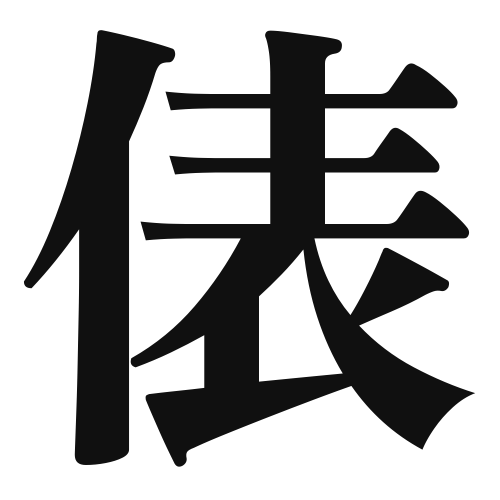1. Overview of Meaning
The kanji “俵” (pronounced “tawara”) refers to a traditional Japanese rice bale or sack. It is commonly associated with the storage and transportation of rice, which is a staple food in Japan.
2. Formation and Radical
Formation of the Kanji: The kanji “俵” is a compound character that combines elements representing a person and a bag. It is not a pictogram or ideogram but rather a character that conveys a specific meaning through its components.
Radical: The radical for “俵” is “人” (hito), which means “person.” This radical indicates that the character has a connection to human activity or actions.
3. Examples of Usage
Common Words and Phrases: “俵” is often used in terms like “俵米” (tawara-gome), meaning “rice in a bale.” It can also appear in various contexts related to agriculture and food storage.
Example Sentences in Daily Conversation:
- 「この村では、毎年俵を作って米を収穫します。」(In this village, we make bales every year to harvest rice.)
- 「俵に入ったお米は新鮮です。」(The rice in the bale is fresh.)
4. Synonyms and Antonyms
Similar Kanji: A similar kanji is “袋” (fukuro), which means “bag.” While both refer to containers, “袋” is more general and can refer to any type of bag, whereas “俵” specifically refers to a rice bale.
Antonyms: There are no direct antonyms for “俵,” but one could consider “空” (kara), meaning “empty,” as it contrasts with the idea of a filled rice bale.
5. Cultural and Historical Background
Connection to Japanese Culture: The concept of “俵” is deeply rooted in Japanese agricultural practices, especially in rice farming, which has been a vital part of Japanese culture for centuries.
Proverbs and Idioms: One common saying is “俵の中の米” (tawara no naka no kome), which means “the rice inside the bale,” symbolizing the importance of preserving resources and valuing what one has.
